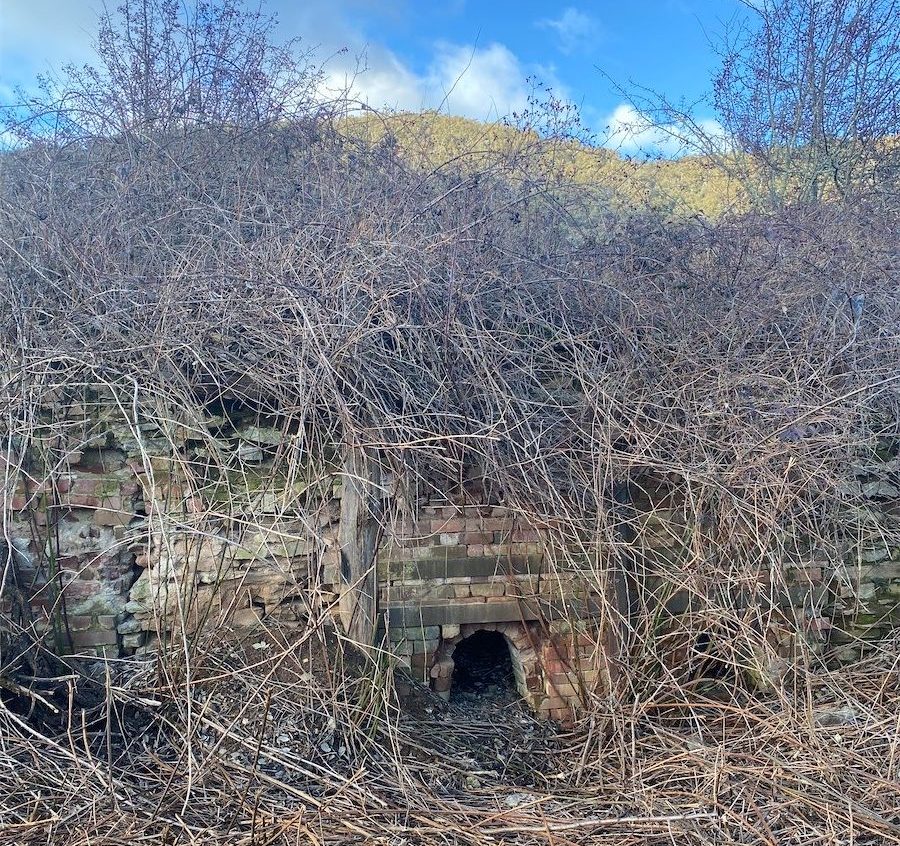
From under the blackberry brambles comes “Yesterdays” columnist NICHOLE OVERALL with news of a lime kiln, abandoned for 80 years.
THE old, pockmarked brick wall with two small, arched openings at its base, fronting an “egg-cup shaped” internal chamber, had remained hidden for years thanks to the menacing coverage of blackberry brambles.

From 1924, for almost two decades the Marchiori Lime Kiln and Quarry, located in the valley known as Jumping Creek, to the east of Queanbeyan’s river and the Ellerton Drive Extension, had provided material to help construct the nation’s new capital.
Abandoned for almost 80 years and left to the vagaries of nature, with its recent re-emergence thanks to the clearing of “Day of the Triffids”-like vegetation, some have taken to social media to ask about the story behind the brick, stone and timber structure.
According to historian Brendan O’Keefe, the kiln – almost 2.5 metres deep, 3 metres wide and 2 metres high – was originally built by a then newly arrived Italian Francesco (Frank) Petralia.
By 1928, his “lime-burning, terrazzo and marble business” was owned by Arminio Marchiori who’d settled in Queanbeyan around that time, having also emigrated from Italy four years earlier.
Arminio was responsible for the addition of a second kiln.
As early as 1851, the newly appointed police magistrate, Capt Alured Faunce, established a mine in the then “Primrose Valley”, attempting to unearth copper, silver and lead. Unlike not-so-distant Captains Flat, there was little yield and would-be mining moguls gave it away.
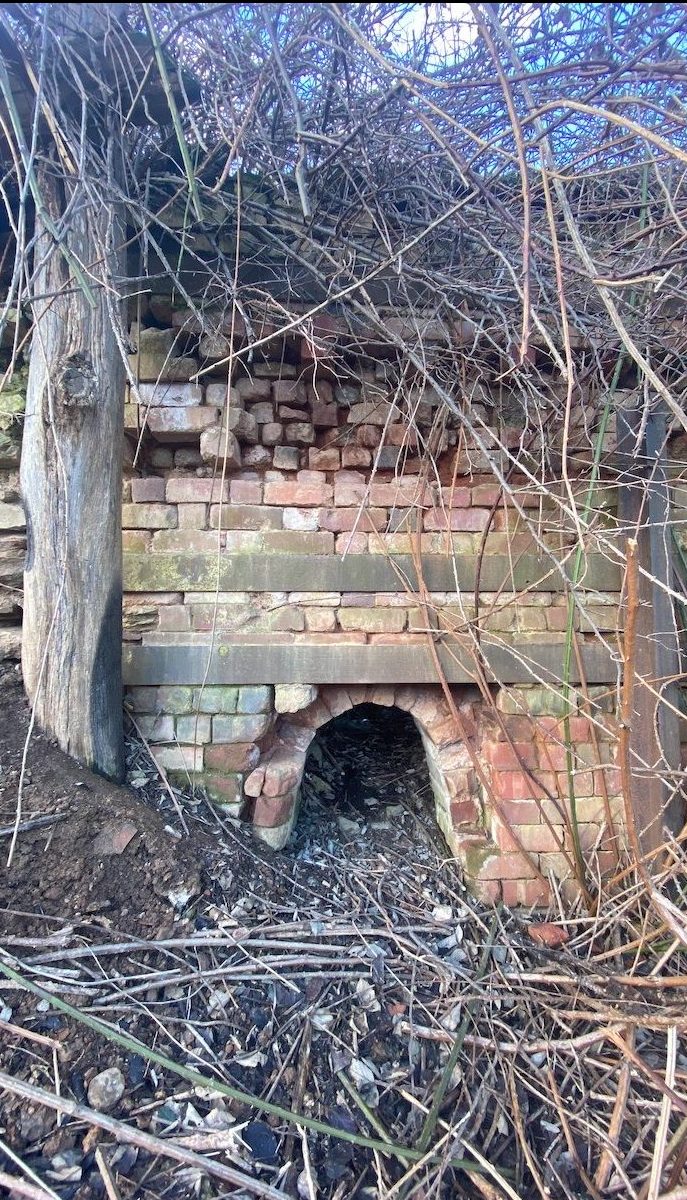
Natural limestone was, though, in abundance – hence why before Canberra, it was called the “Limestone Plains” – and Marchiori’s operation was one of a number in the area.
Another in the valley had been run by John and William Gibbs in the 1860-70s.
Bricklayer Moses Morley also tried his hand at “Stringybark Hill”, close by what’s now the Holcim Quarry. It lasted from the mid-1870s until the turn of the century.
Further upstream on the Queanbeyan River is the better known White Rocks Kiln – virtually at the base of the sheer 50-metre-high rockface that gave it its name. That kiln was the 1920s enterprise of Charles T Beazley.
As confirmed in Brendan O’Keefe’s 1994 book “Limeburners of the Limestone Plains and Beyond”, lime is important. For those who don’t know (ie: me), the Romans used it to make concrete and effectively “revolutionised architecture”.
It was labour-intensive to churn out. First the rock had to be quarried, then crushed. Layers were piled into the cylindrical chamber, a fire kindled at the base near the air inlets, or “eyes”, to “burn” it.
A quick Google search suggests on average, 25-30 tonnes were produced in a batch, taking about “a day to load, three days to fire, two days to cool and a day to unload, so a one-week turnaround was normal.”
With the 1887 arrival of rail in Queanbeyan, competition became tougher as supplies were sourced from Goulburn and Sydney. Come 1930, Arminio Marchiori’s lime-burning business is recorded as the last in the region, his product produced onsite until 1943.
“It was hauled to the Federal Capital in his 30 hundredweight Chevrolet where it was used not only in construction, but as a fertiliser on Canberra’s gardens and as a purifying agent in sewerage treatment,” says Brendan of the industrious immigrant’s efforts.
Now with the kiln revealed to the world once more, the QPRC is intending to restore the brickwork, rehabilitate nearby walking trails and create open spaces as components of a proposed residential development.
Well does it deserve then, to be a symbolic site for many a Canberra-region resident who can look proudly at the stuff holding the bricks of their houses together – or to the blooming roses in their gardens – and thank Mr Marchiori for helping make it happen.
As an aside, another historic local construction facility was the substantial Mason Brothers’ Brickworks, off the Captains Flat Road.
The bricks manufactured by Wal Mason were used to construct Hotel Queanbeyan in 1926 (he also built Mt Stromlo Observatory).
Known to patrons as the “Top Pub”, the hotel was significant as the first three-story building in Queanbeyan (67 rooms – although no Room 13). Wal selected the commanding position not only for its view over the town, but also proximity to the train station – and the Canberra border.
This display of entrepreneurialism was courtesy of prohibition, when from 1910 it was illegal to have a drink in public in Canberra. Revoked in 1928, almost a century on, Wal’s pub maintains its top spot as closest to the capital.
For more by Nichole, see anoverallview.wixsite.com/blog.
Who can be trusted?
In a world of spin and confusion, there’s never been a more important time to support independent journalism in Canberra.
If you trust our work online and want to enforce the power of independent voices, I invite you to make a small contribution.
Every dollar of support is invested back into our journalism to help keep citynews.com.au strong and free.
Thank you,
Ian Meikle, editor
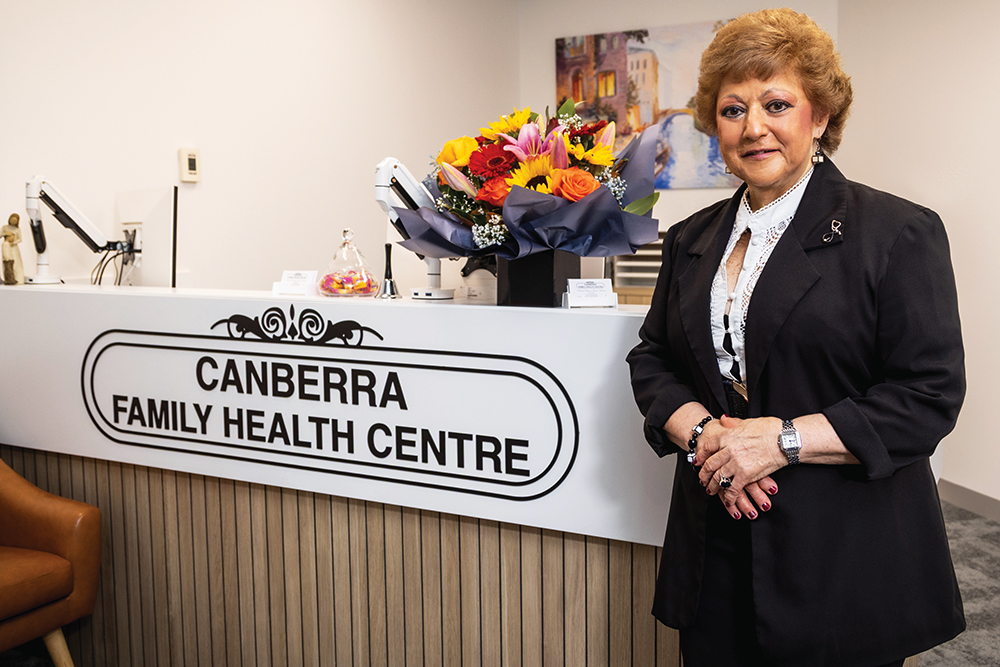
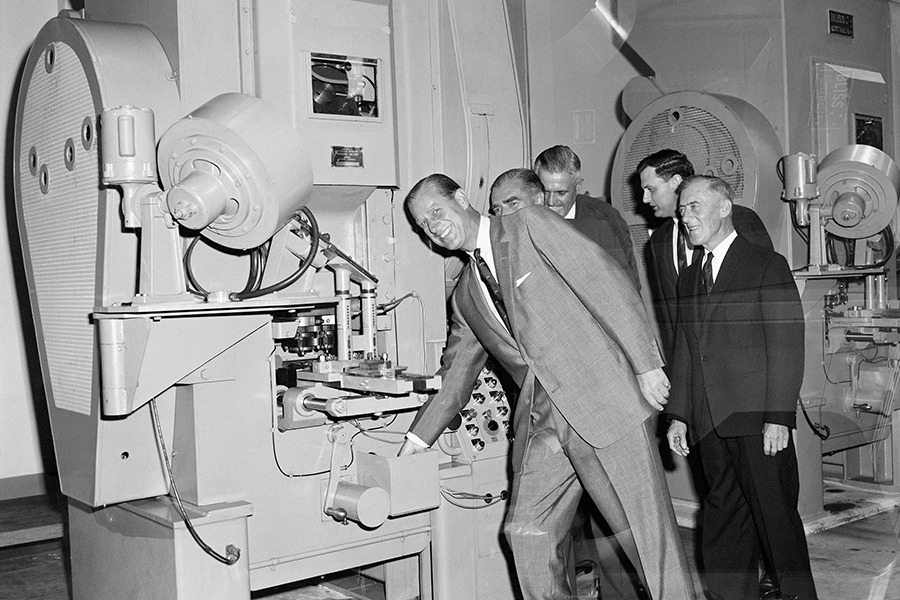
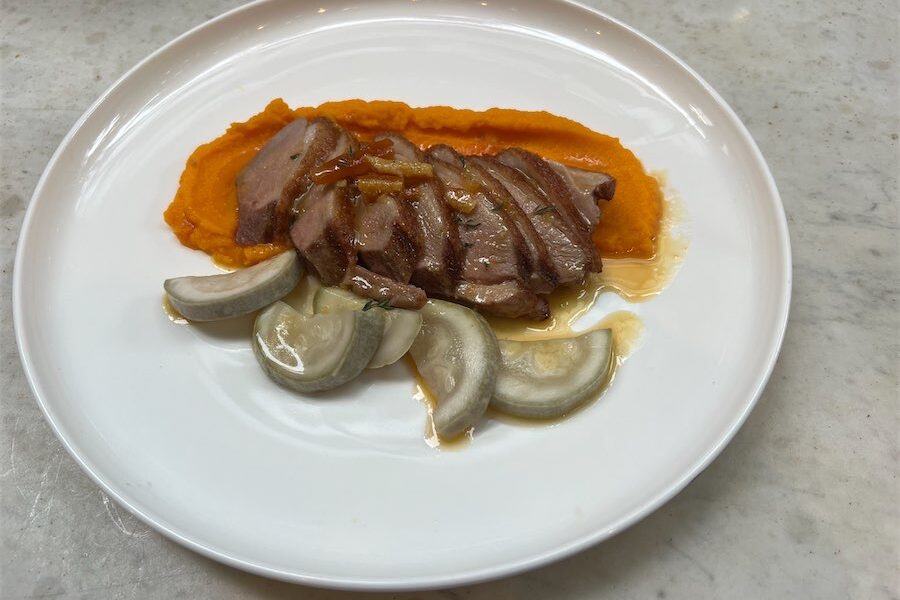





Leave a Reply